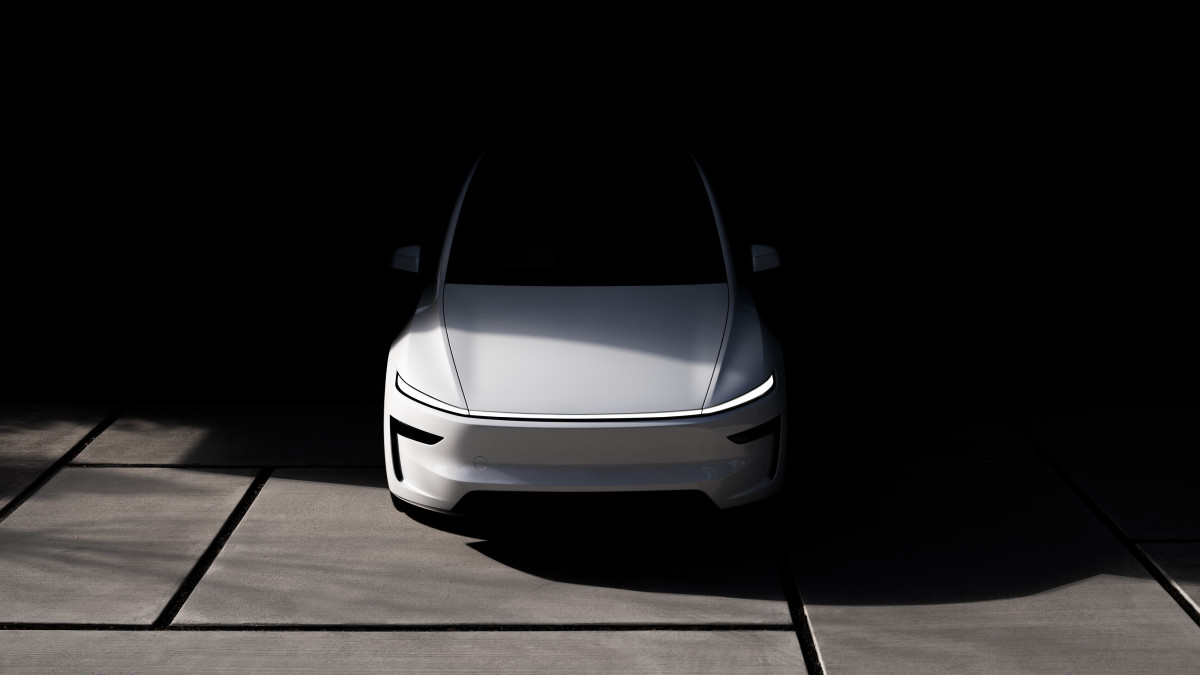Tesla becomes 1st automaker to autonomously deliver a vehicle
Elon Musk has a track record of setting ambitious goals for Tesla but not consistently following through on the proposed timelines. One of the most well-known examples of this pattern is Musk claiming that Tesla has been close to offering customers full autonomy every year since 2014, which is distinct from the company’s Full Self-Driving software that provides passengers with Level 2 semi-autonomous capability. Tesla’s newly launched robotaxi rideshare service utilizes a version of FSD operating at Level 4 autonomy under specific conditions, such as the launch’s geofenced territory in Austin, Texas.
While Musk hasn’t delivered on several promises, late last month, he posted on X, formerly Twitter, that Tesla would deliver its first vehicle autonomously from factory to customer, and the automaker followed through by accomplishing the task on Friday, one day ahead of the company’s initial schedule. The autonomously delivered vehicle, a Model Y, used robotaxi software, giving Tesla’s new rideshare service a boost of credibility amid its Austin launch.

Tesla
Takeaways from the Model Y delivery video
Tesla uploaded a video showing the Model Y driving itself from the company’s Austin, Texas, Gigafactory to its new owner, 30 minutes and about 15 miles away. The clip showed the vehicle navigating the factory’s parking lot, traveling on a highway, and driving through busy city streets. While Tesla’s robotaxi has a human safety operator sitting in the passenger seat, no humans were in the Model Y during its autonomous delivery route. According to Elon Musk, the Tesla didn’t have any remote operators, either. Teslarati reports that some viewers of the delivery’s video doubted its authenticity based on the recipient having an X account for years but never posting until his delivery and the vehicle arriving with manufacturer plates, which are reserved for tasks like testing. Additionally, in 2023, a Tesla engineer testified that the company staged a video to promote its self-driving technology, showing one of its vehicles autonomously stopping and accelerating at a green light—capabilities that the software didn’t have at the time, according to Reuters.
Model Y FSD delivery could soften robotaxi speed bumps
Robotaxis launched on June 22, and the autonomous Model Y’s delivery less than one week later could help the public feel more confident in the self-driving rideshare service’s capabilities, especially after a few problems were reported during the pilot’s rollout. One video showed a robotaxi braking unexpectedly twice with no road interference. Mobility expert and author Edward Niedermeyer said the nearby police cars parked outside of the robotaxi’s driving path prompted the stoppages, Electrek reports. Another video posted by a Tesla robotaxi passenger on X, formerly Twitter, appears to show one of the company’s self-driving rideshare vehicles crossing a double yellow line, placing it on the wrong side of the road at about the clip’s 7:16 mark.

Tesla
Final thoughts
Rideshare passengers are still getting acclimated to self-driving technology, and a single minor mishap can be enough to convince some that these autonomous transport services aren’t safe. While Tesla’s robotaxi was seemingly spotted making a few blunders during its launch week, a Model Y delivering itself to a customer in Austin, where robotaxis operate, is an excellent case study as the company branches further into self-driving. Moving forward, it’ll be interesting to see whether these autonomous deliveries will occur in more challenging conditions like rain, how fast the deliveries scale, and whether remote operators will take over if necessary.